Galileo Galilei
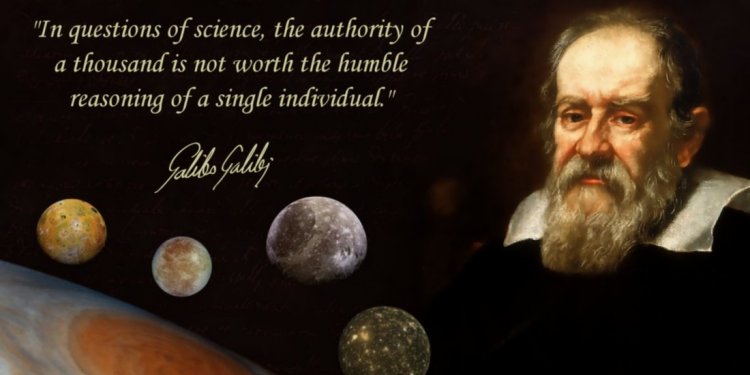
Galileo Science
Remember those two Galileo satellites that our friends at Arianespace rocketed into orbit last week? They are doing extremely well, thank you very much. Galileo satellites 9 and 10 are functioning perfectly, and the initial series of flight operations is continuing as part of LEOP – the critical launch…
Delavnica
Read more
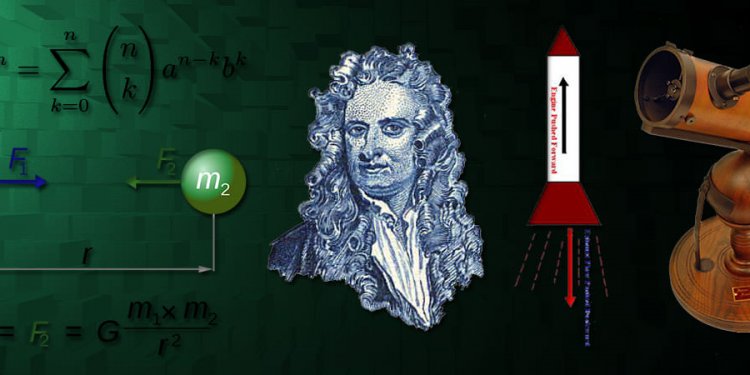
Accomplishments of Galileo
Total Orbits of Jupiter: 34 Notable Accomplishments: Deployed a probe into Jupiter s atmosphere Once launched from the cargo bay of the Space Shuttle Atlantis, Galileo set off first to Venus and then back to Earth, using the planets as a slingshot to Jupiter. This technique is called a gravity assist and is used to save spacecrafts time and energy. The primary mission of the…
Read more

Galileo Galilei discoveries
Galileo Galilei is credited with discovering the first four moons of Jupiter. Credit: NASA NEW YORK — In 1610, Galileo Galilei peered through his telescope and discovered four moons orbiting around Jupiter, a breakthrough that helped confirm the heliocentric theory that the Earth revolves around the sun, and not the other way around. To mark the 400th anniversary of Galileo…
Read more
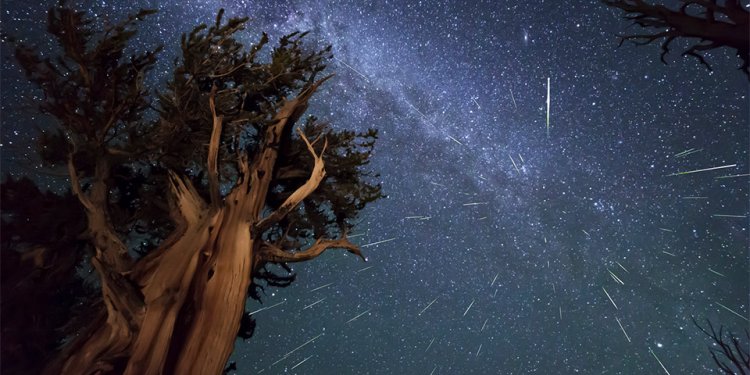
Astronomy scientists names
These two astronomers come in one package, because their main contribution to the astronomical field was a mutual effort. This important contribution was the discovery of the Cosmic Microwave Background Radiation or CMB. Basically, the CMB was an aftershock of the explosive birth of the Universe – the Big Bang. This aftershock had been theorized before its discovery by Penzias…
Read more
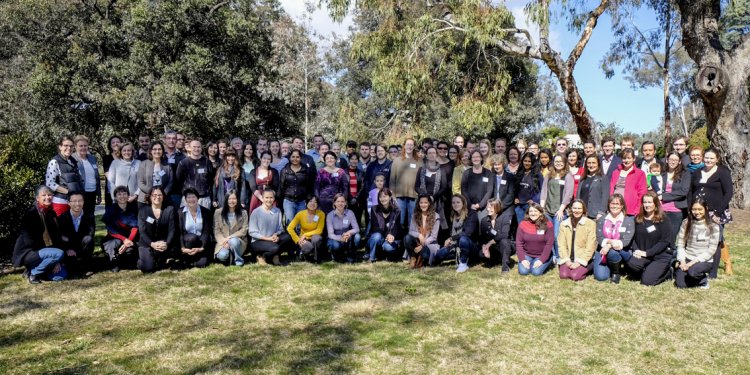
Astronomy 2014
What? Would you like to spend a week on the Italian Alps to do astronomy activities with other friends of your age from all over Europe? Join the ESO Astronomy Camp for a unique experience at the Astronomical Observatory of the Autonomous Region of the Aosta Valley! The camp will explore the theme of distances in the universe via several astronomical sessions, including lectures…
Read more
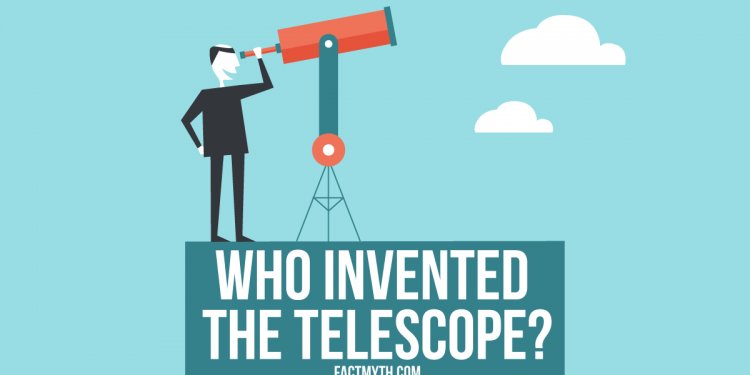
Galileo Galilei telescope facts
Four hundred years ago Galileo Galilei (1564-1642) was in a state of anxiety. In January he had discovered four moons orbiting Jupiter. In March he had published this and other remarkable discoveries made with his improved telescope in Sidereus Nuncius (‘The Starry Messenger’). But by the summer he was becoming profoundly alarmed. He had offered philosophers and mathematicians…
Read more
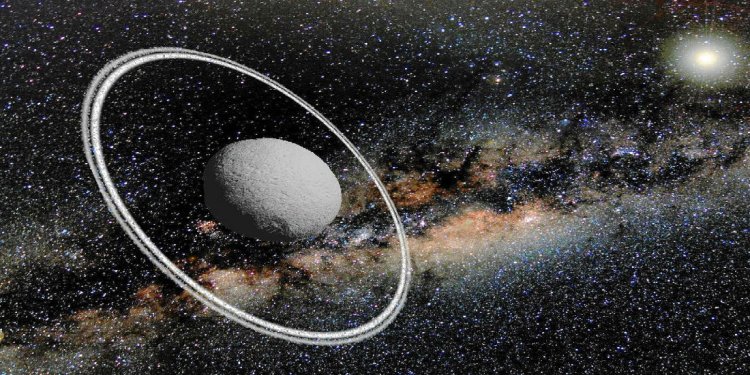
Asteroid ring
An artist s view of the rings surrounding the asteroid Chariklo, which is only 155 miles (250 kilometers) across. The asteroid is the first non-planetary body in the solar system discovered to have its own ring system. Image released March 26, 2014. Credit: Lucie Maquet Astronomers used seven telescopes, but just one revealed the pair of rings orbiting the rocky Chariklo. The…
Read more
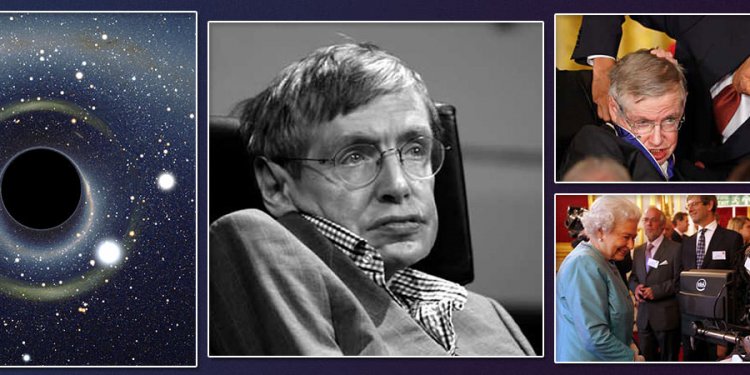
Galileo Galilei major accomplishments
While Robert was on his Grand Tour, his father died, leaving him a large country house near the English town of Stalbridge, plus large estates in Ireland. In 1644, aged 17, Robert returned to England, staying for some months with his older sister Katherine in London. He then moved to his Stalbridge country house. All was not plain sailing, however, because in 1644 England was…
Read more
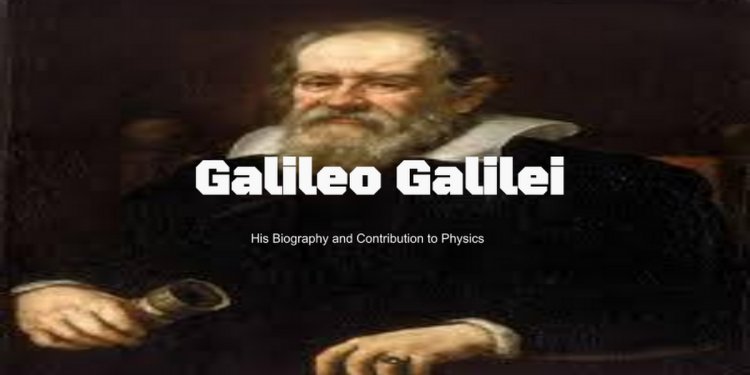
Contributions of Galileo Galilei in physics
Galileo: the Telescope & the Laws of Dynamics Galileo Galilei (1564-1642) was a pivotal figure in the development of modern astronomy, both because of his contributions directly to astronomy, and because of his work in physics and its relation to astronomy. He provided the crucial observations that proved the Copernican hypothesis, and also laid the foundations for…
Read more

Galileo Galilei mathematician
© Wikipedia / public domain Text: Helmut Hornung “For the Galaxy is nothing else than a congeries of innumerable stars distributed in clusters. To whatever region of it you direct your spyglass, an immense number of stars immediately offer themselves to view, of which very many appear rather large and very conspicuous but the multitude of small ones is truly unfathomable.”…
Read more
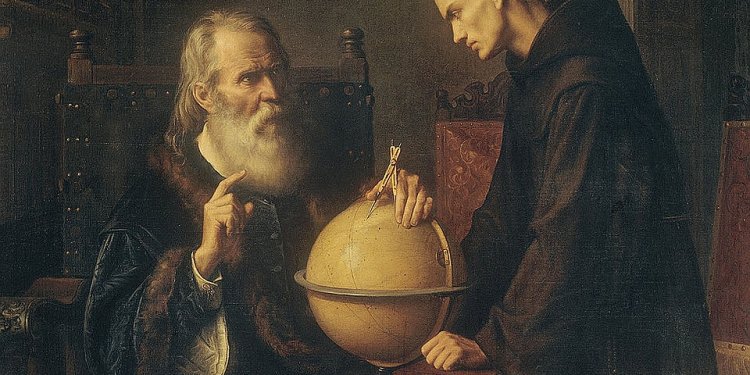
Galileos book
Maria Celeste Galileo s Daughter: Letters and Essays In the spring of 1, Dava Sobel graciously let my students in History Galileo in Context,read an early version of her book, Galileo s Daughter. She also supplied the class with her translations of all from Maria Celeste to Galileo. These are the first complete translations of the letters into English and for those who cannot…
Read more
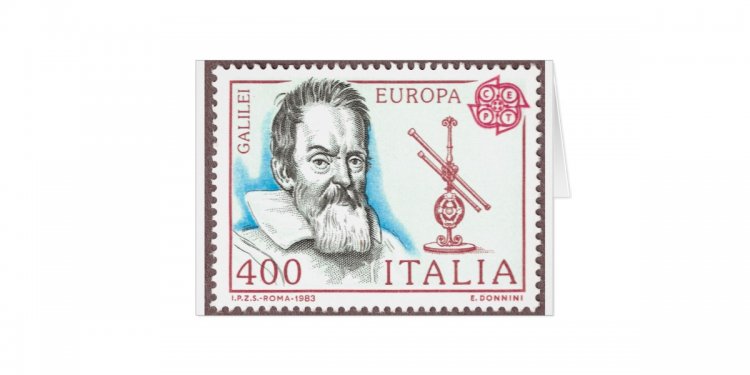
Galileo Galilei Astronomy
Nationality: Italian Famous For: Kinematics, Dynamics, Telescopic observational astronomy, Heliocentrism Galileo Galilei was born on February 15 1564, in Pisa, Italy. When he was 17 years old, his parents sent him to the University at Pisa to pursue medicine. Galileo’s Pendulum Study While he was in a service in the cathedral one day, he was distracted by a bronze lamp hanging…
Read more

Information on Galileo
NSSDCA/COSPAR ID: 1989-084E Description The Galileo mission consisted of two spacecraft: an orbiter and a probe. The probe was the first to enter the atmosphere of one of the outer planets. Released from the orbiter on 13 July 1995 with an arrival of 07 December 1995, the probe had as its scientific objectives to: (1) determine the chemical composition of the Jovian atmosphere;…
Read more
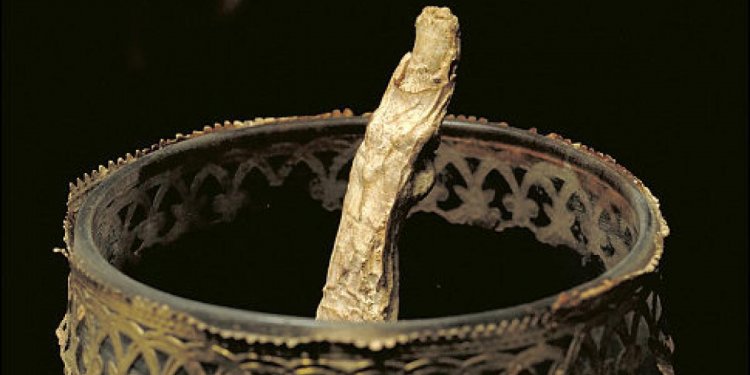
Where was Galileo Galilei from?
Galileo s telescope helped the astronomer to learn more about our solar system. This is a reconstruction of the telescope. Photograph: Jim Sugar/Corbis While many people have been loudly celebrating this year s double commemoration of 200 years since Charles Darwin s birth and 150 years since the publication of On the Origin of Species, another scientific anniversary has crept…
Read more

Galileo Galilei History
From prehistoric times, humans have been fascinated by the waxing and waning of auroral lights, the closest and most dramatic manifestation of space phenomena. Spectacular auroral eruptions have given rise to mythological creatures, have driven folklore, and have influenced the course of history, religion, and art. Image to right: Cro-Magnon cave-paintings: macaronis may…
Read more

What did Galileo Galilei discovered?
Galileo Galilei was an Italian astronomer and physicist, as well as a mathematician and a philosopher. He was a Renaissance man. He made significant contributions to the field of astronomy, such as designing improvements to the telescope and detailing extensive notes recording his observations. Galileo’s contributions were so significant that he has been called the “father…
Read more
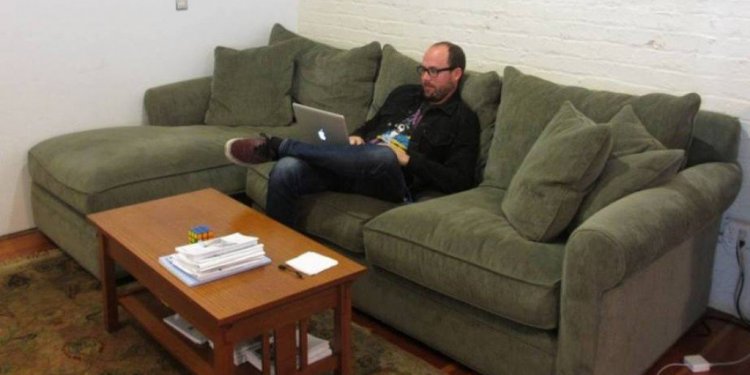
New discoveries in Earth Science
Scientists have now demonstrated that Earth and other planetary objects that formed in the early years of the Solar System share similar chemical origins - a finding at odds with accepted wisdom held by scientists for decades. Credit: Image courtesy of Image courtesy of Western University A new study led by Western University s all-star cosmochemist Audrey Bouvier proves that…
Read more
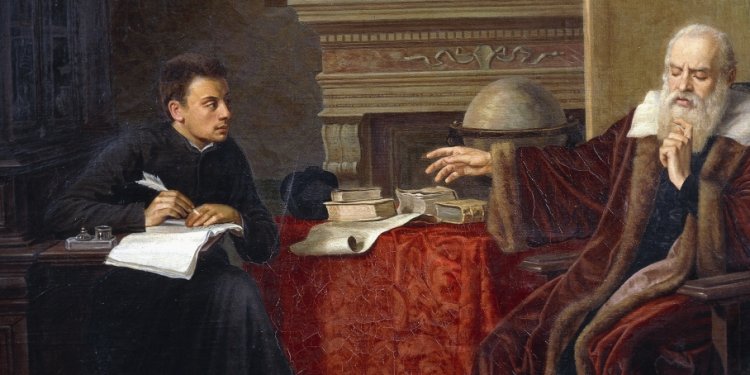
Galileo Galilei contributions to Mathematics
Galileo, in full, , Arcetri, near ) Italian natural philosopher, astronomer, and mathematician who made fundamental contributions to the sciences of , , and and to the development of the . His formulation of (circular) , the , and trajectories marked the beginning of a fundamental change in the study of . His insistence that the book of nature was written in the language of…
Read more

Galileo Life
Sign-Up for Chicago Sun-Times Entertainment Newsletter Receive Theater, Celebrity & Entertainment related Updates Sign-Up Remy Bumppo — the company that tags itself as “think theatre” — has spent the past season exploring “the consequences of choosing knowledge, and that moment when deliberately shedding ignorance means exposing yourself to a new reality.” So the choice…
Read more

Galileo and the telescope
The news of this new invention spread rapidly through Europe, and the device itself quickly followed. By April 1609 three-powered spyglasses could be bought in spectacle-maker s shops on the Pont Neuf in Paris, and four months later there were several in Italy. (fig. 4) We know that Thomas Harriot observed the Moon with a six-powered instrument early in August 1609. But it…
Read more
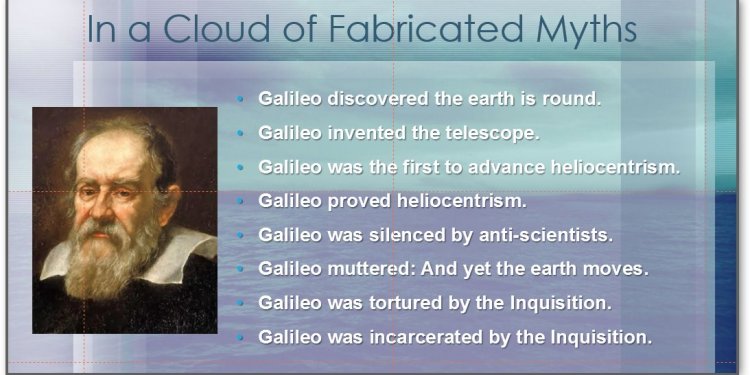
About — Galileo
In fact, we’re not sure who did, although a Dutch spectacle-maker named Hans Lipperhey often gets the credit (we know that he applied for a patent in the fall of 1608). Within a year, Galileo had got hold of one of these Dutch instruments and quickly improved the design. Soon, he had a telescope that could magnify 20 or even 30 times. As historian of science Owen Gingerich…
Read more












